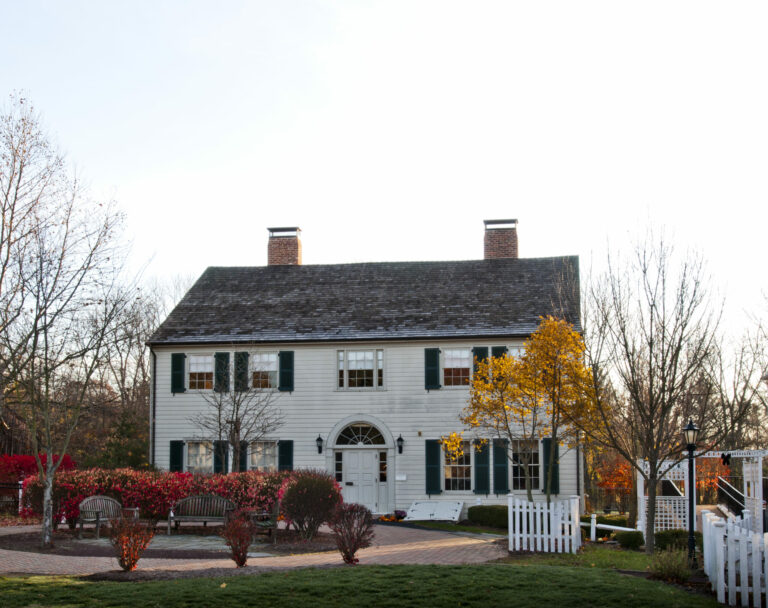By Patrick Murray, as published in the Star-Ledger and NJ.com
On his “Ask the Governor” show last month, Phil Murphy touted New Jersey’s bid to host the World Cup in 2026. And he made the country’s upcoming 250th birthday a key selling point in his pitch. But has anyone told the governor that New Jersey’s major American Revolution historic sites are not in a fit state to welcome visitors?
Ironically, the state is spending $15 million in federal pandemic aid to attract the World Cup. It also appropriated $24 million to bring a French art museum to Jersey City. Regardless of the merits of these initiatives, their economic benefits will be short-term and geographically limited.
On the other hand, recent studies undertaken by the Crossroads of the American Revolution Association demonstrate that the same amount spent on bringing our core state-owned Revolutionary War historic sites and parks up to visitor-ready status would generate billions in economic impact across the entire state for years to come.
“The New Jersey story in the Revolutionary War, the birth of our country, is a very meaningful one,” Murphy said on his show.
That is true, governor. But it’s really an understatement. Here are just some of the facts about New Jersey’s central role in American independence:
- George Washington spent one-quarter of his time as commander-in-chief of the Continental Army in New Jersey – more than in any other state.
- More battles and skirmishes took place in New Jersey than in any other state – including the largest single-day land artillery battle of the war, fought in Monmouth County.
- The only original royal governor’s home left in the country is in Perth Amboy. That building in Williamsburg? It’s a replica.
- The first-ever National Historical Park in the country is in Morristown, where the Continental Army survived the worst winter weather of the war. Yes, even worse than Valley Forge.
On top of all this, New Jersey was the site of one of the most pivotal events of the war — and indeed in all of American history: the Ten Crucial Days campaign, symbolized that iconic image of Washington Crossing the Delaware on his way to fight the Battle of Trenton. This is one of those rare events in American history that you can point to and say without contradiction that the trajectory of world history was altered by what happened here.
Yet, if you stand in front of the State House today you would have no idea you are on the very spot that defines New Jersey’s role in a movement that would ultimately lead to the spread of democracy around the world. That’s because Trenton is the only major Revolutionary War battle in the country that does not have its own visitor museum!
New Jersey is called the Crossroads of the American Revolution for a very good reason. We were the epicenter of the war for nearly its entire duration. That means New Jersey’s Revolutionary experience is about much more than generals and battles. It is about a diverse population caught in the crosshairs – stories of Patriots and Loyalists, women and children, enslaved and free African-Americans making decisions every day to survive in the midst of a war zone. These compelling stories are extremely relevant today.
Once you are aware of this unparalleled legacy, it’s a head-scratcher why New Jersey isn’t already mentioned in the same breath as Massachusetts, Pennsylvania and Virginia as a top-tier Revolutionary War visitor destination. Unfortunately, it’s down to a lack of stewardship and a lack of marketing.
On the stewardship end, New Jersey’s most significant Revolutionary War sites are state-owned parks and historic houses in need of sizable capital improvements — due to years of frozen budgets and deferred maintenance — before they can be considered visitor ready. And if these sites are not ready to receive visitors, we cannot market them like our neighboring states promote their own heritage destinations.
According to pre-pandemic figures, the history-related portion of New Jersey’s tourism economy is less than one-half the national average and only one-third the level of our neighboring states. In other words, New Jersey has been leaving untold billions in economic activity on the table by neglecting the potential of its Revolutionary War sites. And many of these sites are located in urban settings typically overlooked by the state’s current tourism marketing efforts.
New Jersey is poised to claim its rightful place as the Crossroads of the American Revolution in 2026. But without urgent capital investments today, we face the embarrassment of being known primarily as the Turnpike of the American Revolution — watching from the sidelines as billions of dollars in tourism income bypass the state during our nation’s 250th. We cannot let that happen.



